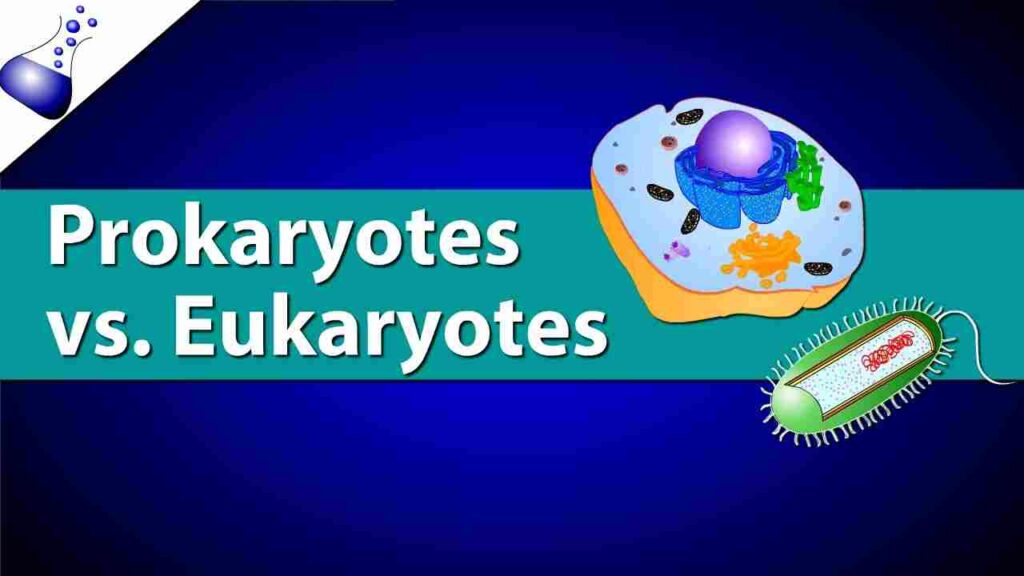
15 Difference between prokaryotic and eukaryotic cell for class 11
Prokaryotic and eukaryotic cells are the two main types of cells found in living organisms. While they share some similarities, they also have several key differences. Here are 15 Difference between prokaryotic and eukaryotic cell for class 11 explained in simple words.
Difference between prokaryotic and eukaryotic cell for class 11
Prokaryotic cells have a more compact and straightforward structure than eukaryotic cells, which are larger and more intricate.
Prokaryotic cells lack a nucleus, whereas eukaryotic cells have one that is clearly defined and contains the genetic material of the cell.
DNA: Whereas eukaryotic cells have linear DNA molecules organised into chromosomes, prokaryotic cells have circular DNA molecules called plasmids.
Organelles that are membrane-bound: Prokaryotic cells do not have membrane-bound organelles such as the mitochondria, endoplasmic reticulum, or the Golgi apparatus.
Cell division: Prokaryotic cells split into two identical daughter cells during a process known as binary fission. Eukaryotic cells go through a more difficult process known as mitosis.
Size: Eukaryotic cells range in size from 10 to 100 micrometres, whereas prokaryotic cells are typically smaller, measuring between 1 and 10 micrometres.
Ribosomes: Prokaryotic cells’ ribosomes are smaller than those of eukaryotic cells. Certain antibiotics that target bacterial ribosomes make use of this distinction.
Introns: In contrast to prokaryotic cells, eukaryotic cells have non-coding DNA sequences known as introns. Alternate splicing and gene regulation are affected by introns.
Prokaryotic cells reproduce asexually, whereas eukaryotic cells can, depending on the organism, reproduce both sexually and asexually.
Eukaryotic cells are more complex than prokaryotic cells because they contain a variety of organelles and subcellular structures that enable the compartmentalization of various cellular processes.
Cellular respiration: While eukaryotic cells carry out this process in specialised organelles called mitochondria, prokaryotic cells carry it out in the cytoplasm.
Peptidoglycan, a special molecule not present in eukaryotic cells, makes up the cell walls of prokaryotic cells. When present, eukaryotic cell walls are composed of chitin or cellulose.
Prokaryotic cells move by using flagella, which have a simpler structure than the more intricate and well-organized flagella found in eukaryotic cells.
Prokaryotic cells lack sophisticated sensory organelles, such as cilia and specialised receptor proteins, which some eukaryotic cells use to sense their surroundings.
Examples of prokaryotic cells include bacteria and archaea, whereas eukaryotic cells include those found in animals, plants, fungi, and protists.
These are some of the fundamental difference between prokaryotic and eukaryotic cell. Understanding these distinctions helps us appreciate the diversity of life on Earth and the varied strategies organisms have evolved to carry out essential biological functions.
Also Read: Explore the Key 15 Difference between IPC and CRPC